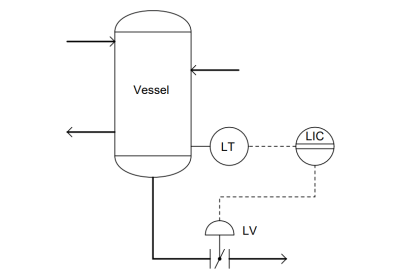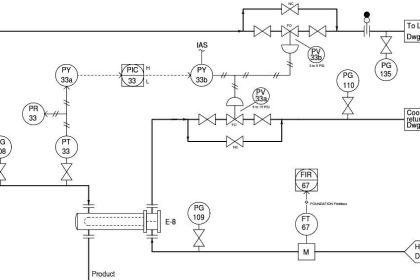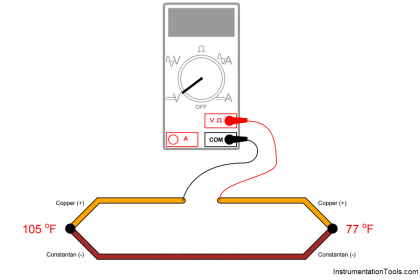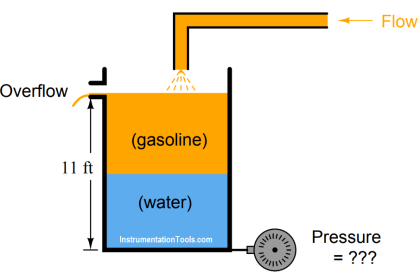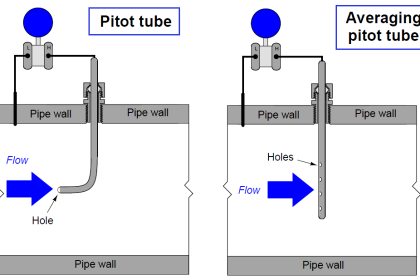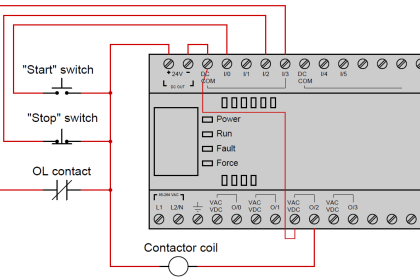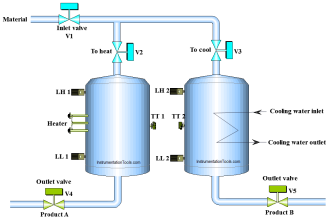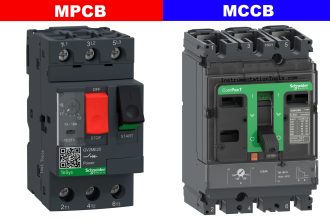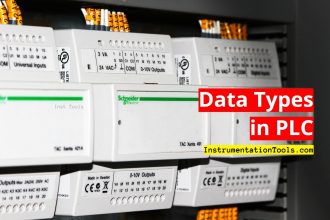Consider this control system, set up to maintain the temperature of a chemical reactor vessel at a constant (“setpoint”) value. The reactor’s source of heat is a steam “jacket” where hot steam is admitted through a motor-operated (M) control valve (TV) according to the temperature inside the reactor sensed by the temperature transmitter (TT):

You arrive at work one day to find the operator very upset. The last batch of product emptied from the reactor was out of spec, and the temperature displayed by the indicating controller (TIC) shows it to be 197 oF. The setpoint is set at 175 oF, and the controller is in the automatic mode as it should be.
Your first step is to look at the indication on the controller showing the output signal going to the motoractuated steam valve (TV). This output signal display (the “manipulated variable”) shows 0 %, which means “valve fully closed.”
Next, you decide to check the temperature shown at the temperature indicator (TI) located near the temperature transmitter (TT) on the reactor. There, you see a temperature indication of 195 oF.
From this information, determine what is the most likely source of the problem, and explain how you made that determination.
More Questions :
- Why is it important for us to know that the controller is in automatic mode? Would it make a difference if it were in manual mode instead?
- Explain why the first two diagnostic steps were to check the controller’s output display, then to check the TI on the reactor. What do each of these checks tell us about the nature of the problem?
- Suppose a fellow instrument technician were to suggest to you that the problem in this system could be a controller configured for the wrong action (e.g. direct action instead of reverse action). Do you think this is a plausible explanation for the symptoms reported here? Why or why not?

